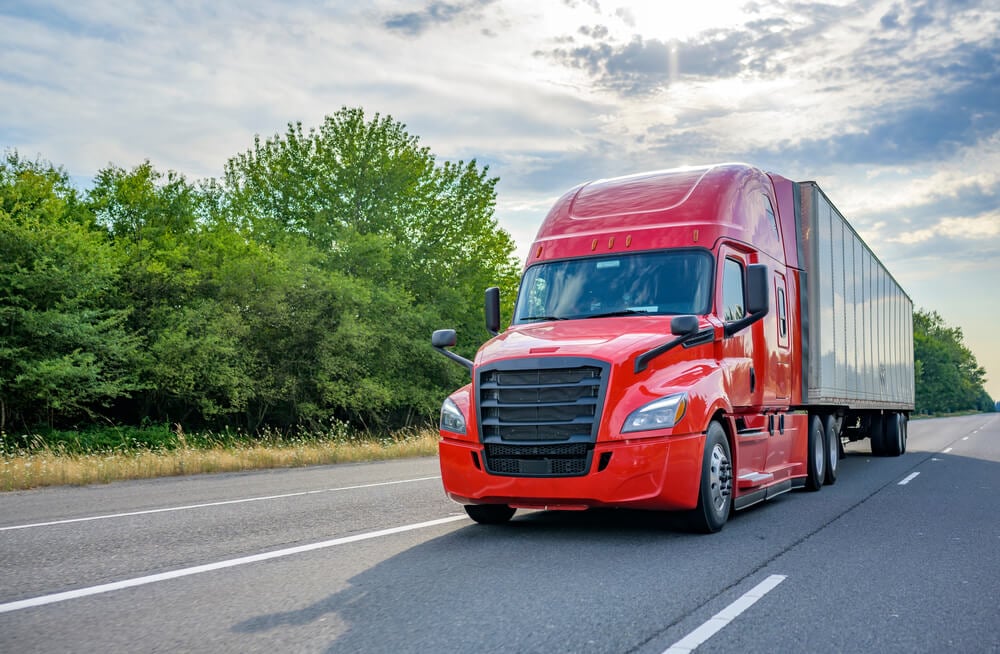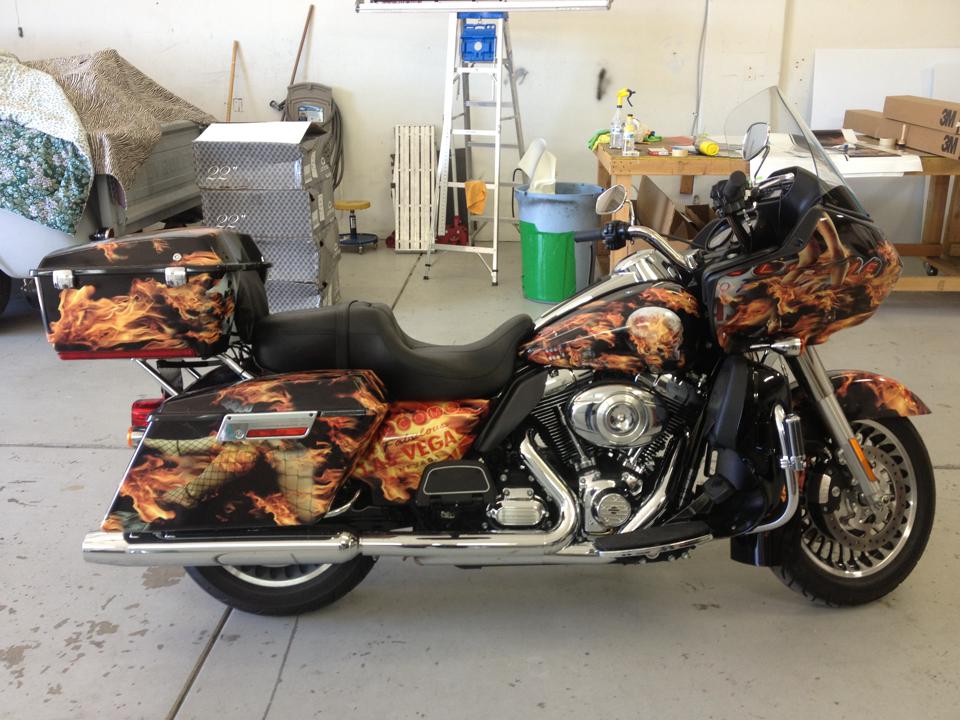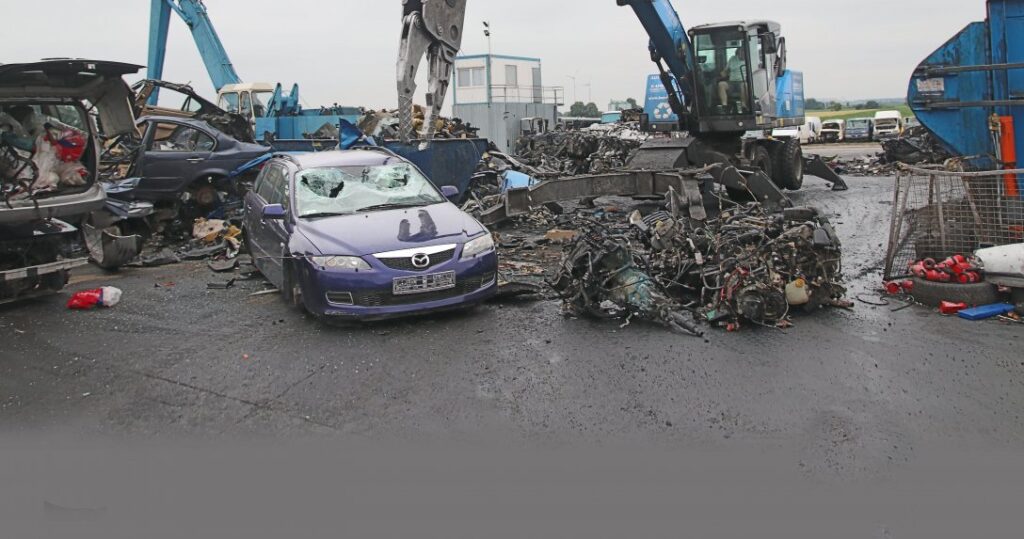Regular maintenance is key to preventing common dirt bike issues and ensuring smooth performance. One important aspect of maintenance is inspecting the suspension and swingarm linkage for any signs of wear or damage.
These components play a crucial role in the bike’s performance and should be replaced if necessary.
Routine maintenance tasks such as oil changes, filter cleaning or replacement, and checking tire pressure are essential.
Dirt bike owners should also regularly inspect the brakes for wear and tear, adjust the chain tension, and lubricate it as needed. Proper storage in a dry and secure location can also help prevent rust and corrosion.
By following these maintenance tips and troubleshooting techniques, dirt bike owners can keep their bikes running smoothly and avoid common mechanical problems.
Click here to learn more about: dirtbikevault.com
Most Common Dirt Bike Problems
Dirt biking enthusiasts often encounter a range of issues, such as fuel problems, electrical malfunctions, suspension concerns, brake difficulties, tire troubles, chain complications, and clutch issues, when it comes to their beloved machines. Owners need to understand the most prevalent problems to effectively troubleshoot and maintain their bikes.
From dirt bike fuel issues to dirt bike clutch problems, let’s explore the world of these mechanical marvels and the challenges they can pose.
By identifying the potential causes and offering solutions for each problem, riders can ensure a smooth and thrilling dirt biking experience.
So, let’s dive in and tackle these common dirt bike issues directly.
Properly Maintaining Your Dirt Bike
When it comes to properly maintaining your dirt bike, several key areas require attention to ensure optimal performance and longevity, such as addressing dirt bike overheating and exhaust issues, fixing dirt bike oil leaks, resolving dirt bike battery problems, troubleshooting dirt bike wiring issues, resolving dirt bike carburetor problems, and addressing dirt bike spark plug issues. In addition to regularly cleaning your bike and checking and changing the oil, it is important to inspect and maintain the chain and sprockets, as well as pay attention to tire maintenance and the air filter.
By taking care of these components, you can prevent common issues such as overheating, exhaust problems, oil leaks, battery issues, wiring problems, carburetor issues, and spark plug malfunctions.
Addressing these maintenance tasks will help keep your dirt bike running smoothly and extend its lifespan.
| Maintenance Area | Common Issues | Preventive Measures |
|---|---|---|
| Overheating | Engine damage, reduced performance. | Regularly clean the bike, check coolant levels, and inspect the radiator. |
| Exhaust | Poor exhaust flow, loss of power. | Check for leaks, clean the exhaust system, and replace damaged parts. |
| Oil Leaks | Engine damage, reduced lubrication. | Inspect gaskets, tighten bolts, and replace worn seals. |
| Battery | Starting issues, electrical problems. | Check battery voltage, clean terminals, and recharge if necessary. |
| Wiring | Electrical malfunctions, loss of power. | Inspect wiring connections, and repair or replace damaged wires. |
| Carburetor | Poor fuel mixture, engine stalling. | Clean the carburetor, adjust the fuel/air ratio, and replace worn parts. |
| Spark Plug | Difficulty starting, misfires. | Check spark plug condition, clean or replace as needed. |
Troubleshooting Dirt Bike Issues
When it comes to troubleshooting dirt bike issues, owners may encounter various mechanical problems such as dirt bike transmission problems, stalling issues, noise problems, vibration issues, handlebar issues, seat problems, and graphics issues that can affect the bike’s performance and reliability. Some common issues include problems with the dirt bike’s transmission, stalling, excessive noise or vibration, handlebar issues, seat problems, and graphics issues.
These problems can be frustrating and impact the overall riding experience.
To address these issues, it is important to diagnose the root cause before attempting any repairs.
Performing regular maintenance tasks can help prevent and address these problems. These tasks include inspecting and cleaning the air filter, changing the oil, and checking tire pressure. Seeking advice from experienced riders or professional mechanics can provide valuable insights and solutions to dirt bike transmission problems, dirt bike stalling issues, dirt bike noise problems, dirt bike vibration issues, dirt bike handlebar issues, dirt bike seat problems, and dirt bike graphics issues.
Tips for Handling Engine Problems
Regular maintenance is crucial for keeping your dirt bike’s engine in good working condition, especially when it comes to dirt bike kickstand problems and throttle problems. By performing tasks like oil changes, air filter cleaning, and spark plug inspections on a consistent schedule, you can prevent potential problems and ensure your engine runs smoothly.
Paying attention to any unusual sounds or vibrations coming from your bike is also important, as these can be signs of underlying issues.
By listening closely and being aware of changes in performance, you can catch problems early and prevent further damage.
Understanding how to troubleshoot common engine problems will further save you time and money in the long run.
Dirt Bike Maintenance
- Regular oil changes help to lubricate the engine and prevent wear and tear.
- Cleaning the air filter regularly ensures proper airflow and prevents debris from entering the engine.
- Inspecting the spark plug helps to maintain proper ignition and combustion, improving engine performance.
- Paying attention to unusual sounds and vibrations can help detect potential issues before they escalate.
Solving Starting and Fuel Issues
If you’re a dirt bike owner, you may come across various starting and fuel issues, as well as dirt bike air filter issues or dirt bike radiator problems that can be quite frustrating. Armed with the correct knowledge and troubleshooting techniques, you can conquer these commonly encountered problems.
One of the most prevalent issues dirt bike owners face is a dead battery.
When your dirt bike fails to start, the first thing you should do is check the battery.
Make sure it is fully charged and securely connected. If you find that the battery is old or damaged, it might be time to consider getting a replacement.
Another problem to be on the lookout for is a faulty ignition switch or starter motor. If you turn the key and hear a clicking sound, it could indicate an issue with one of these components.
Additionally, dirt bike air filter issues can cause problems with the engine’s performance. A clogged dirt bike air filter can lead to performance issues and reduced engine efficiency.
Dealing with Electrical Problems
Dealing with electrical problems on your dirt bike, such as a dirt bike battery not charging or dirt bike wiring harness problems, can be challenging, but with the right knowledge and troubleshooting techniques, you can overcome these issues and get your bike running smoothly again. One common problem is a dirt bike battery not charging, resulting in a dead battery.
This can be caused by a faulty stator, regulator/rectifier, or loose connections in the wiring harness.
To diagnose the problem, use a multimeter to check battery voltage and inspect the charging system components for damage or loose connections.
Another common issue is a faulty ignition system, leading to starting problems or misfiring. Check the spark plug for wear or damage to identify the root cause of the problem.
With these troubleshooting steps, you can address electrical problems on your dirt bike effectively.
Dealing with Electrical Problems on Your Dirt Bike
- A dirt bike battery not charging can be caused by a faulty stator, regulator/rectifier, or loose connections in the wiring harness.
- Using a multimeter to check battery voltage and inspecting the charging system components for damage or loose connections can help diagnose the problem.
- A faulty ignition system can lead to starting problems or misfiring, which can be identified by checking the spark plug for wear or damage.
- By following these troubleshooting steps, you can effectively address electrical problems on your dirt bike and get it running smoothly again.
Addressing Suspension and Brake Problems
Suspension and brake problems, along with dirt bike brake pads wearing quickly, are common issues that dirt bike owners often face. These mechanical problems can have a significant impact on both the performance and safety of the bike.
Therefore, it is crucial to promptly address these issues to ensure a smooth and enjoyable ride.
In this section, we will discuss some key points that will help you better understand and tackle suspension and brake problems.
It is important to note that neglecting these maintenance tasks can lead to various issues such as dirt bike oil consumption, quick wearing of brake pads, tire punctures, chain skipping, handlebar vibration, discomfort in the seat, and peeling of graphics. Therefore, it is essential to stay proactive in maintaining your dirt bike to prevent issues such as oil consumption, quick wearing of brake pads, tire punctures, chain skipping, handlebar vibration, seat discomfort, or peeling graphics.
Maintaining and Troubleshooting Tires and Chains
Regular tire and chain maintenance is essential for dirt bike owners to ensure optimal performance and prevent common issues such as a dirt bike headlight not working or a dirt bike tail light dimming. To maintain tires, regularly check the tire pressure and inspect for wear or damage.
Proper tire inflation and rotation promote even wear and maximum traction.
Using tire sealants can help prevent punctures and extend tire life.
Chain maintenance is equally important, keeping it clean and lubricated minimizes friction and premature wear. Regularly check tension, inspect sprockets, and address any damage.
Carrying repair kits for tire punctures and being able to adjust the chain are important troubleshooting techniques. Remember, proper maintenance and troubleshooting techniques will keep your dirt bike running smoothly on the trails.
| Tire Maintenance | Chain Maintenance |
|---|---|
| Regularly check tire pressure and inspect for wear or damage. | Keep the chain clean and lubricated to minimize friction and premature wear. |
| Proper tire inflation and rotation promote even wear and maximum traction. | Regularly check tension, inspect sprockets, and address any damage. |
| Using tire sealants can help prevent punctures and extend tire life. | Carrying repair kits for tire punctures and being able to adjust the chain. |
Quick Fixes for Dirt Bike Problems Troubleshooting Made Easy



